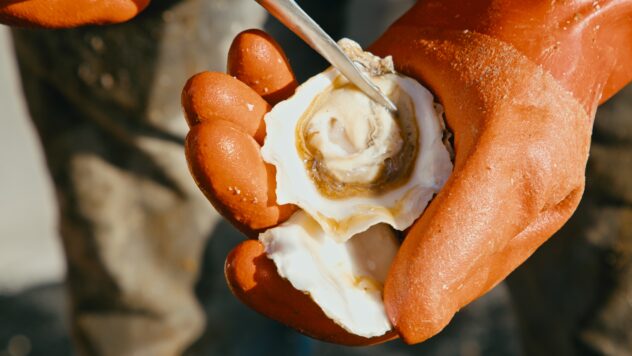Species
Alaska Oyster InsightsMain farmed oyster species in Alaska
The Pacific Oyster is considered one of the main products and top-selling aquatic farmed species in Alaska, which also includes several other species such as aquatic plants, Blue Mussel, Pacific Geoduck, Scallops, Sea cucumbers, and more. This research focuses on the local Pacific Oyster farming industry.
Pacific Oyster
Magallana gigasA non-Alska native marine bivalve with two-part hinged shells enclosing the oyster's main body and protecting it from predators and environmental elements. The ability to seal its shells together allows the oysters to settle and populate intertidal and subtidal areas. It can maintain a habitable environment within the confines of its shells while out of the water and survive until the tide returns to cover it again.
Shells exhibit a diversity of shape and coloration, both in the wild and in farmed oysters. These factors are highly influenced by the environment in which they are grown and the cultivation technique used to produce them.
